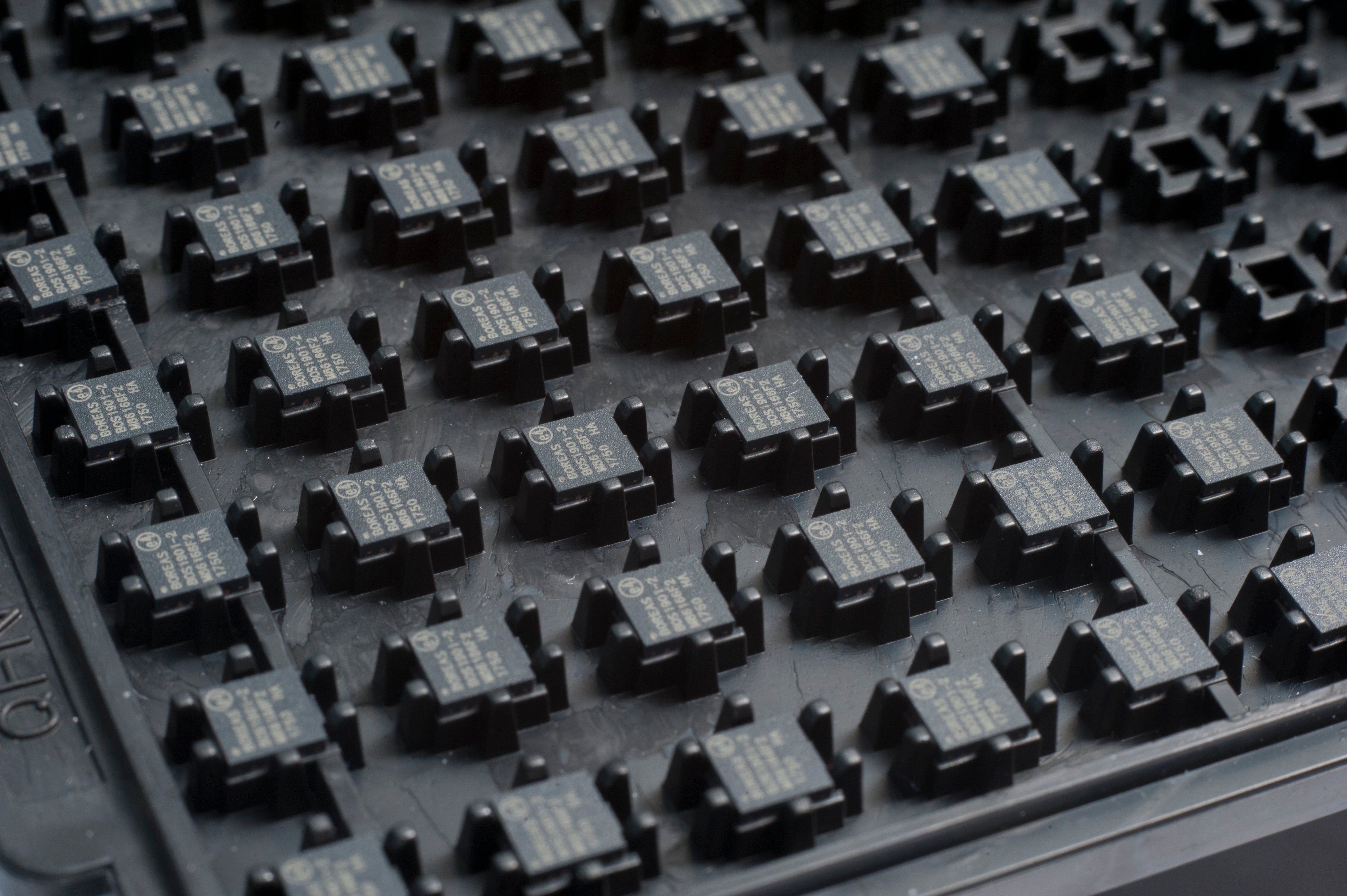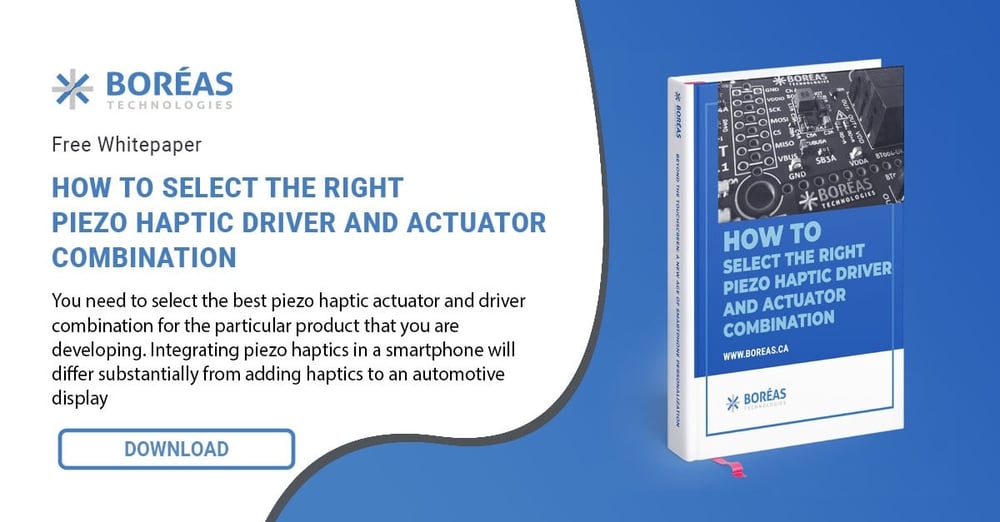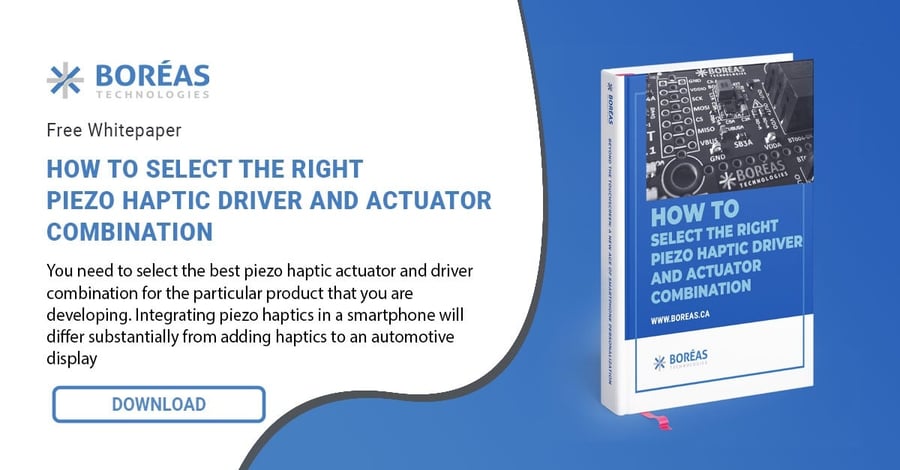
Piezo systems have a wide range of applications across nearly every industry. Users tailor piezo systems to their exact needs and must select every component of the system with the final application — as well as the specifications of every other component — in mind. With so many options to pore over, each with its own strengths, knowing which variables will play a critical role in your particular application can present a major challenge.
Piezo actuator drivers are piezo controllers that apply voltage gain to an incoming signal to bring it up to appropriate levels for driving piezo actuators. Since they facilitate communication between two vital parts of the system, driver specifications, in particular, hold bearing on compatibility with given actuators, actuator configurations, and power supplies. An improperly selected driver will often fail to drive the system and may produce unexpected and costly results.
What You Should Look For in a Piezo Driver

Among the many values associated with a piezo driver, which are mission-critical, and which are just nice to have?
For most applications, the input voltage range, output voltage range, power consumption, energy recovery, startup time, capacitive load management, and bandwidth of your drivers will help determine their compatibility with the rest of your piezo system and suitability for your application.
Of course, drivers expected to operate under extreme conditions, such as in very hot environments, may require special consideration — but, for the most part, triple-checking these six characteristics should ensure the successful operation of your piezo system on the first try.
1. Input Voltage Range
Input voltage range describes the range of incoming voltages that will enable your amplifier to drive the piezo. It's important to either use a driver with an input range friendly to your preexisting voltage source or else calibrate your voltage source to output a signal within the operational input voltage range of your driver.
2. Output Voltage Range
Output voltage range describes the voltage range of the electrical signal applied by your driver to your piezo. Piezo driver maximum voltage output generally ranges from 100 V to 200 V, but larger actuators (or systems connecting one driver to multiple actuators) may require more power. Your driver's maximum output current should always be greater than the peak current draw of your actuator.
If you'd like the actuator to vibrate, you'll usually want a driver that includes a negative voltage range. Bear in mind that, when using a driver with a built-in DC offset, a positive voltage range of 100 V (for example) can be converted into a +/−50 V peak signal via a −50 V DC offset. Using a DC offset in this way, even drivers that natively generate positive voltages can be used in applications that require both positive and negative voltages.
3. Low Power and Strong Energy Recovery
As with any electrical device, energy efficiency is a key feature of the best piezo drivers. Even high peak voltage drivers can have a minimal power consumption footprint, particularly when they include energy recovery technology. Energy recovery is the process of harnessing and storing the motion of the piezo system in order to cut down on overall current draw. Expertly designed energy recovery solutions can decrease the overall current draw of a piezoelectric system by as much as 90%.
Energy efficiency in piezo drivers is not only a cost-saving measure but also a time-saving measure, as many piezo systems run off of batteries. Less energy-efficient piezo systems require more regular maintenance and have greater downtime than their more energy-efficient peers. The heat generated by less efficient systems can also lead to damage and a reduced lifespan for every component of your piezo system.
Not every piezo driver is energy efficient. Older architectures, especially, often burn more energy than necessary. Boreas Technologies' CapDrive Technology architecture recovers energy from the actuator's internal load capacitance and reuses it instead of draining and letting it go to waste. The CapDrive Technology represents the best in piezo driver efficiency, extending battery life tenfold versus older systems.

4. Fast Startup Time
Startup time is the measure of how long it takes a piezo system to animate once it receives current. Piezo systems have a low startup time overall, and most applications of piezo systems demand the fastest possible startup time. Fractions of milliseconds may seem negligible, but the near-instant action required of most piezo applications has encouraged users to seek out piezo drivers with the fastest possible startup time.
5. Capacitive Load Driving Capabilities
Piezo actuators have capacitance, which causes them to behave as capacitors would in a circuit. The capacitance of an actuator corresponds to the minimum amount of energy required to drive the actuator. Drivers with lower throughput cannot drive actuators with a high capacitive load. Always confirm that your driver's output signal amplitude can adequately address the capacitance of your actuator or actuators.
6. Driver Bandwidth
Piezo driver bandwidth refers to the frequency range of the analog signal used to stimulate the driver. Maximum bandwidth corresponds to the fastest rate at which the driver can respond to changes in its input signal and transmit those changes to the connected actuators. High-bandwidth piezo systems are well-suited for applications that require either very fast movements (tens of thousands of cycles per second) or very precise, responsive movements, with near-instantaneous voltage response. While these cases may seem extreme, these are the exact features that drive most users to piezo systems in the first place and represent routine applications of piezo technology.
To ensure compatibility with the max amplitude and frequency requirements of your actuator's capacitance, as well as maximal acceleration performance from your actuator, you'll want a driver with a wide bandwidth, like those offered by Boreas Technologies.
Explore the Functions and Applications of an Exceptional Piezo Driver
Boreas Technologies is a leading name in piezo haptics and other applications of piezo systems. Our proprietary piezoelectric actuator driver technology platform, CapDrive, enables the rapid design of low-power HD haptic feedback in wearables, smartphones, game controllers, and other devices.
Our semiconductors enable the development of products that would not otherwise be possible. Learn more about our technology and its applications here.


Leave a comment